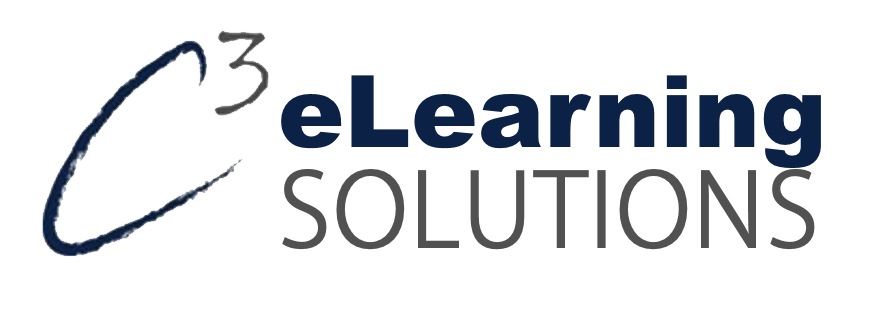This is the first article in the Customer Service Experience series that will help you educate, develop, and reward your teams around the behaviors that support creating exceptional customer service experiences.
How can you create a better customer service experience in your organization?
Every member of your team has a responsibility to create exceptional customer service experiences. This is true for any industry such as healthcare, foodservice, hospitality, insurance, banking, and retail to name just a few.
There are 3 key elements that will help owners and managers ensure great customer service experiences by formalizing communication and recognition standards. These elements are:
- Determining customer service expectations.
- Communicating expectations to employees (training).
- Recognizing employees.
We’ll discuss the first element today: Determining Customer Service Expectations
Determining Customer Service Expectations
What is it about the service you provide that brings customers back, or establishes a reputation that brings them to you for the first time? If you don’t know what your customer service expectations are for your business, how will your employees be able to meet them?
You know what it took to increase your sales and build your business. Are you sure that your employees will be able to help you do the same now and in the future? What were the behaviors and actions you took to help maintain and establish new relationships with your customers and clients? Those actions will help determine your customers’ expectations for the service you provide, the reason they come to you, and tell others to come to you.
Here are some examples of things that customers expect and items you and your employees can focus on:
- Greeting with a smile. Friendliness is required and customers who are greeted with a smile know they are welcomed.
- Focus. Give your customers your full attention during your interaction.
- Appreciation. Thank your customers. Do not take their business for granted, let them know you appreciate their business.
- Appearance. Appearance deals with both your personal appearance and the space around you that is visible to the customer. Have a neat, clean uniform or personal professional dress as well as a clean, organized, and safe work environment.
- Accuracy. Get it right. Deliver what your customers want, the right way, every time.
- Speed. Make sure you consistently serve your customers in a timely manner.
- Available Assistance. What if a problem occurs or a decision needs to be made regarding a customer interaction. Is your staff empowered to make decisions or is management readily available? This needs to be determined in advance or your customers might feel like they’re being ignored.
Which of the above are important to you and your team? Is there something else not mentioned here that is important to meeting your customer’s expectations?
Is your team aware of the things they need to focus on to meet or exceed customer’s expectations? We’ll discuss way to communicate areas of focus to meet your customer’s expectations in Article 2 of this series: Communicating expectations to Employees.


